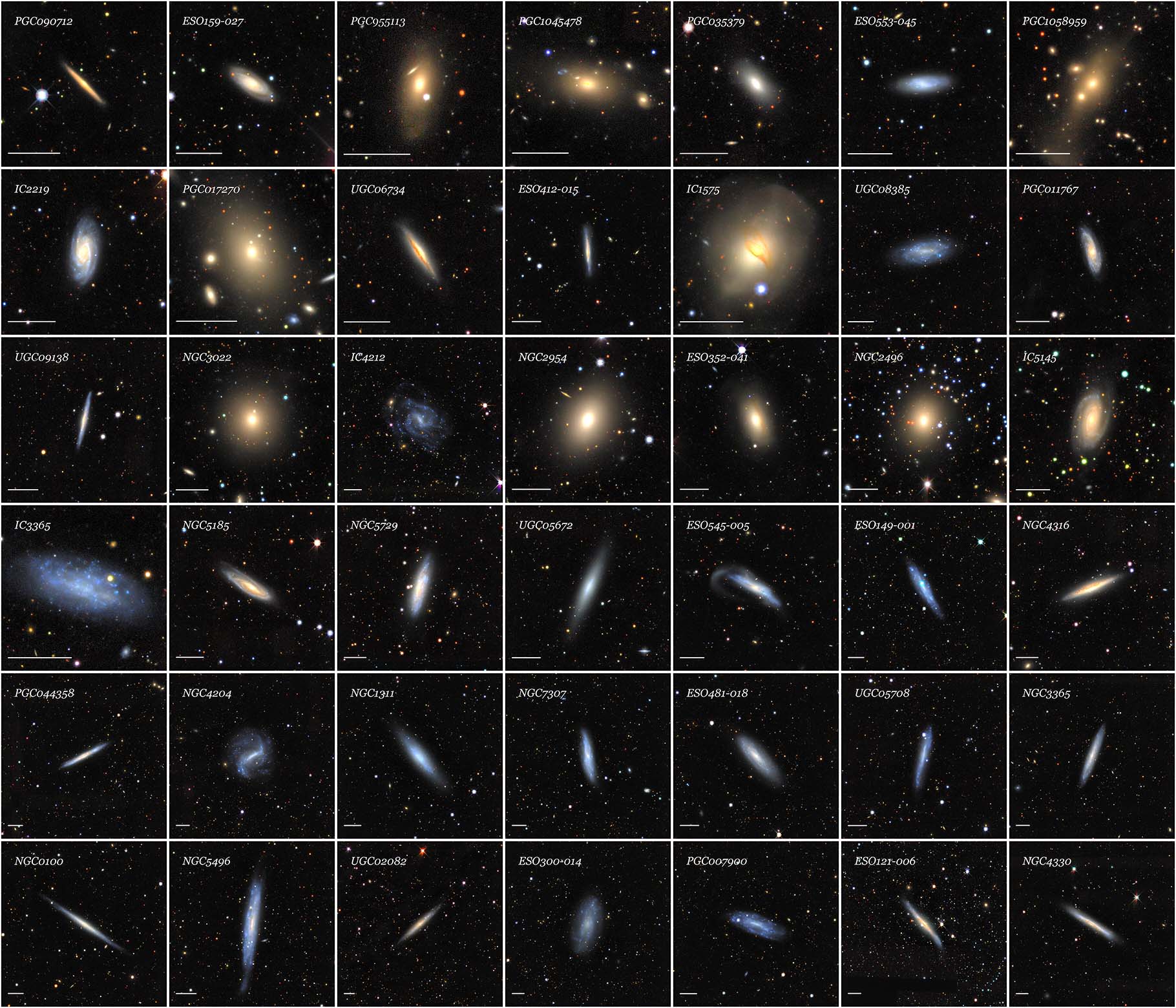New Siena Galaxy Atlas Delivers Improved Measurements of Almost 400,000 Nearby Galaxies

Astronomers have created a detailed atlas of almost 400,000 galaxies in our cosmic neighborhood. The Siena Galaxy Atlas was compiled using data from NSF’s NOIRLab telescopes, and is designed to be the pre-eminent digital galaxy atlas for large galaxies. It’s a treasure trove of information for researchers investigating everything from galaxy formation and evolution to dark matter and gravitational waves. It’s also freely available online for the public to explore.
Astronomers have long sought to map the night skies, not only to fill in our picture of the cosmos we inhabit, but also to support further research. Comprehensive compilations of astronomical objects serve many purposes: they can help scientists spot broad patterns across a population of objects, put new discoveries such as transient events in the context of their surroundings, and identify the best candidates for focused observations. However, these resources must be routinely updated to reflect the continuous technological improvements of telescopes. Now, a new atlas has been released with detailed information on over 380,000 galaxies at a greater level of accuracy than ever before, promising to be a boon to future astronomical inquiry.
The Siena Galaxy Atlas (SGA), is a compilation of data from three surveys completed between 2014 and 2017 known as the DESI Legacy Surveys, which were carried out to identify galaxy targets for the Dark Energy Spectroscopic Instrument (DESI) survey. Data were collected at Cerro Tololo Inter-American Observatory (CTIO) and Kitt Peak National Observatory (KPNO), both Programs of NSF’s NOIRLab, and at the University of Arizona’s Steward Observatory.
The DESI Legacy Surveys used state-of-the-art instruments on telescopes operated by NOIRLab: the Dark Energy Camera Legacy Survey (DECaLS), carried out using the DOE-built Dark Energy Camera (DECam) on the Víctor M. Blanco 4-meter Telescope at CTIO in Chile; the Mayall z-band Legacy Survey (MzLS) with the Mosaic3 camera on the Nicholas U. Mayall 4-meter Telescope at KPNO; and the Beijing-Arizona Sky Survey (BASS) with the 90Prime camera on the Bok 2.3-meter Telescope, which is operated by Steward Observatory and hosted at KPNO. The DESI Legacy Imaging Surveys data, as well as a queryable copy of the full Siena Galaxy Atlas, are served to the astronomical community via the Astro Data Lab science platform and Astro Data Archive at NOIRLab’s Community Science and Data Center (CSDC). The SGA contains additional data from a survey by NASA’s Wide-field Infrared Survey Explorer (WISE) satellite that has been reprocessed by Aaron Meisner, an astronomer at NOIRLab.
